SERIES EDITORS
Simon A. Levin (Princeton University) and Steven H. Strogatz (Cornell University)
TITLES IN THE SERIES
Barriers and Bounds to Rationality: Essays on Economic Complexity and Dynamics in Interactive Systems, edited by Peter Albin and Duncan K. Foley
Emergent Actors in World Politics: How States and Nations Develop and Dissolve, by Lars-Erik Cederman
Sell-Organization in Biological Systems, by Scott Caniazine, Jean-Louis Deneubourg, Nigel R. Franks, James Sneyd, Guy Theraulaz, and Eric Bonabeau
Historical Dynamics Why States Rise and Fall, by Peter Turchin
Self-Organization in Biological Systems, Camazine, Scott, Jean-Louis Deneubourg, Nigel R. Franks, James Sneyd, Guy Theraulaz, and Eric Bonabeau
Small Worlds: The Dynamics of Networks between Order and Randomness, by Duncan J. Watts
Robustness and Evolvability in Living Systems, by Andreas Wagner
The Structure and Dynamics of Networks, edited by Mark Newman, Albert-Laszlo Barabasi, and Duncan Watts
Generative Social Science Studies in Agent-Based Computational Modeling, by Joshua M. Epstein
Perfect Order: Recognizing Complexity in Bali, by 1. Stephen Lansing
Complex Adaptive Systems: An Introduction to Computational Models of Social Life, by John H. Miller and Scott E. Page
Critical Transitions in Nature and Society, by Marten Scheffer
MARTEN SCHEFFER





xiii
CHAPTER 1
Part I
THEORY OF CRITICAL TRANSITIONS
CHAPTER 11
CHAPTER 37
CHAPTER 55
CHAPTER 81
CHAPTER 96
Part II
CASE STUDIES
CHAPTER 109
CHAPTER 139
CHAPTER 166
CHAPTER 186
CHAPTER 216
CHAPTER 240
CHAPTER 259
Part III
DEALING WITH CRITICAL TRANSITIONS
CHAPTER 265
CHAPTER 282
CHAPTER 296
CHAPTER 311
CHAPTER 326
 he idea to write this book came from Simon Levin and Sam Elworthy. Their support and that from Robert Kirk at Princeton University Press has been great. Also I am grateful to my colleagues at Wageningen University for being so flexible and supportive when it comes to my excursions into fields far beyond aquatic ecology.
he idea to write this book came from Simon Levin and Sam Elworthy. Their support and that from Robert Kirk at Princeton University Press has been great. Also I am grateful to my colleagues at Wageningen University for being so flexible and supportive when it comes to my excursions into fields far beyond aquatic ecology.
This book greatly benefited from comments by Michael Benton, Frank Berendse, Victor Brovkin, Niels Daan, Toby Elmhirst, Carl Folke, Milena Holmgren, Terry Hughes, Johan van de Koppel, Tim Lenton, Andy Lotter, Jon Norberg, Max Rietkerk, Bob Steneck, and Brian Walker. Vasilis Dakos commented on the entire text, helped with the technical preparations, and also shared his emerging work on early warning signals.
The ideas in this book have been shaped over the years through my interaction with a few very special science friends. Sergio Rinaldi taught me how to think about dynamical systems theory in the graphical way laid out in this hook. Buzz Holling invited me to his Resilience Alliance, a marvelous interdisciplinary group of people who have opened my eyes to a broad field of science that I might never have explored otherwise. Buz Brock and Frances Westley were my guides to the dazzling world of social sciences, and Steve Carpenter gave me wise advice in the turbulent world of science time after time. Last, Egbert van Nes has been my partner in science and stable point in space throughout the years.
Most of this text was written at the Chilean coast while enjoying the warm hospitality of Bjorn Holmgren and Ruth Urba together with Pablo, Camila, and Milena, to whom the hook is dedicated.


 hile our understanding of life at the molecular level is rapidly expanding, we understand remarkably little of the mechanisms that determine major transitions in societies or that regulate the stability and resilience of the climate and ecosystems such as coral reefs, forests, lakes, and oceans. Human population growth and development invokes a gradual but profound global change that has many faces. Atmospheric CO, levels rise steadily, concentrations of nutrients and toxic chemicals in lakes and rivers increase, groundwater levels drop, harvest rates from the ocean increase, and forests become increasingly fragmented. It is usually assumed that the response to such an incremental alteration of our planet will be gradual, predictable, and reversible. However, remarkably abrupt changes are occasionally observed in nature and society. Outbreaks of pests or pathogens and semiperiodic bursts of populations of rodents and other animals occasionally jump out of the blur. On a larger scale, the Earth system has evidently gone through rapid transitions between contrasting climatic conditions in the past, and it seems unlikely that similarly dramatic climate shifts would not happen in the future. And last, social systems are notorious for periods of relative inertia with occasional rapid transitions on scales varying from locally held opinions and attitudes to massive shifts such as the collapse of states and civilizations. In this book, I argue that such remarkable shifts can often be explained as so-called critical transitions. Just as a ship can become unstable if too much cargo is loaded on the deck, complex systems ranging from the climate to ecosystems and society can slowly lose resilience until even a minor perturbation can push them over a tipping point. While some critical transitions can play havoc on society, others represent escapes from undesirable situations. Understanding such transitions can open up surprising new ways of managing change. For instance, microcredit in the form of a small loan can allow a family to escape for good from the poverty trap, and a one-time intensive fishing effort can flip some lakes from a turbid condition to a stable clear state.
hile our understanding of life at the molecular level is rapidly expanding, we understand remarkably little of the mechanisms that determine major transitions in societies or that regulate the stability and resilience of the climate and ecosystems such as coral reefs, forests, lakes, and oceans. Human population growth and development invokes a gradual but profound global change that has many faces. Atmospheric CO, levels rise steadily, concentrations of nutrients and toxic chemicals in lakes and rivers increase, groundwater levels drop, harvest rates from the ocean increase, and forests become increasingly fragmented. It is usually assumed that the response to such an incremental alteration of our planet will be gradual, predictable, and reversible. However, remarkably abrupt changes are occasionally observed in nature and society. Outbreaks of pests or pathogens and semiperiodic bursts of populations of rodents and other animals occasionally jump out of the blur. On a larger scale, the Earth system has evidently gone through rapid transitions between contrasting climatic conditions in the past, and it seems unlikely that similarly dramatic climate shifts would not happen in the future. And last, social systems are notorious for periods of relative inertia with occasional rapid transitions on scales varying from locally held opinions and attitudes to massive shifts such as the collapse of states and civilizations. In this book, I argue that such remarkable shifts can often be explained as so-called critical transitions. Just as a ship can become unstable if too much cargo is loaded on the deck, complex systems ranging from the climate to ecosystems and society can slowly lose resilience until even a minor perturbation can push them over a tipping point. While some critical transitions can play havoc on society, others represent escapes from undesirable situations. Understanding such transitions can open up surprising new ways of managing change. For instance, microcredit in the form of a small loan can allow a family to escape for good from the poverty trap, and a one-time intensive fishing effort can flip some lakes from a turbid condition to a stable clear state.
As an introduction to the theme of critical transitions, let us look at a few examples of surprising shifts. Although the causes of some of these shifts are quite well understood, others are still puzzling scientists.
1.1 Coral Reef Collapse
Caribbean coral reefs may be among the best-studied marine habitats. For decades, scientists of well-qualified research groups analyzed the structure and functioning of the reef communities. The reefs were thought to be resilient ecosystems. Incidentally, conspicuous changes, such as bleaching events and colonization of damaged sites by algae, were observed, but the reefs always recovered rapidly from such disturbances. Even when hurricane Allen caused extensive damage in 1980, the system recovered. There was a short-lived algal bloom, but within a few months, the algae disappeared and coral recruitment started filling up the open spaces created by the hurricane.

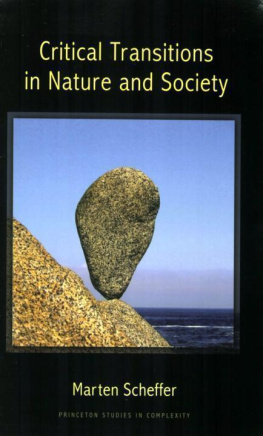

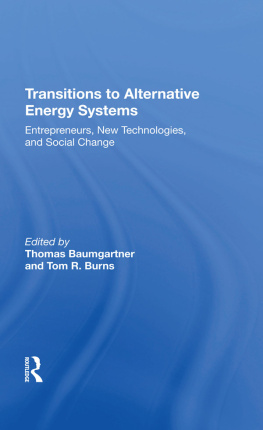
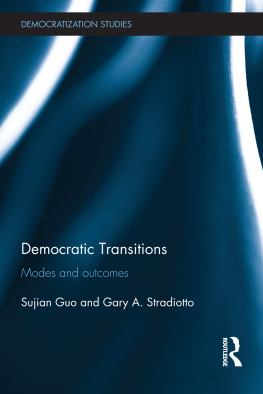
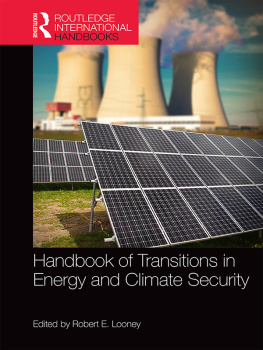
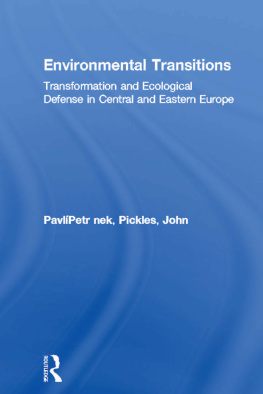
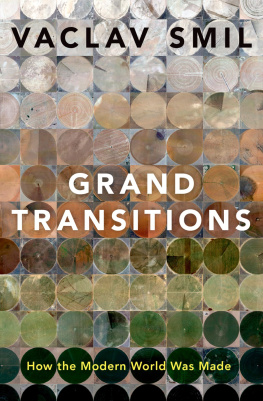
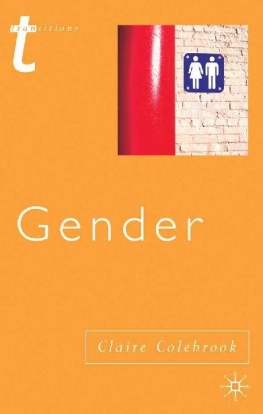
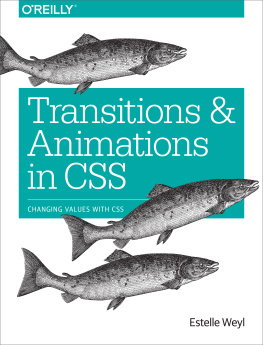
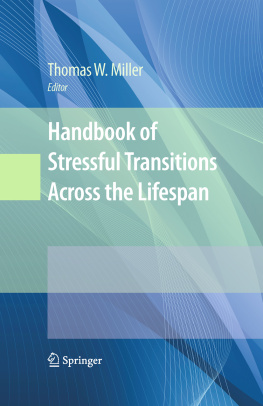
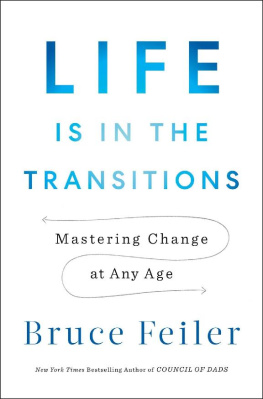


 he idea to write this book came from Simon Levin and Sam Elworthy. Their support and that from Robert Kirk at Princeton University Press has been great. Also I am grateful to my colleagues at Wageningen University for being so flexible and supportive when it comes to my excursions into fields far beyond aquatic ecology.
he idea to write this book came from Simon Levin and Sam Elworthy. Their support and that from Robert Kirk at Princeton University Press has been great. Also I am grateful to my colleagues at Wageningen University for being so flexible and supportive when it comes to my excursions into fields far beyond aquatic ecology. hile our understanding of life at the molecular level is rapidly expanding, we understand remarkably little of the mechanisms that determine major transitions in societies or that regulate the stability and resilience of the climate and ecosystems such as coral reefs, forests, lakes, and oceans. Human population growth and development invokes a gradual but profound global change that has many faces. Atmospheric CO, levels rise steadily, concentrations of nutrients and toxic chemicals in lakes and rivers increase, groundwater levels drop, harvest rates from the ocean increase, and forests become increasingly fragmented. It is usually assumed that the response to such an incremental alteration of our planet will be gradual, predictable, and reversible. However, remarkably abrupt changes are occasionally observed in nature and society. Outbreaks of pests or pathogens and semiperiodic bursts of populations of rodents and other animals occasionally jump out of the blur. On a larger scale, the Earth system has evidently gone through rapid transitions between contrasting climatic conditions in the past, and it seems unlikely that similarly dramatic climate shifts would not happen in the future. And last, social systems are notorious for periods of relative inertia with occasional rapid transitions on scales varying from locally held opinions and attitudes to massive shifts such as the collapse of states and civilizations. In this book, I argue that such remarkable shifts can often be explained as so-called critical transitions. Just as a ship can become unstable if too much cargo is loaded on the deck, complex systems ranging from the climate to ecosystems and society can slowly lose resilience until even a minor perturbation can push them over a tipping point. While some critical transitions can play havoc on society, others represent escapes from undesirable situations. Understanding such transitions can open up surprising new ways of managing change. For instance, microcredit in the form of a small loan can allow a family to escape for good from the poverty trap, and a one-time intensive fishing effort can flip some lakes from a turbid condition to a stable clear state.
hile our understanding of life at the molecular level is rapidly expanding, we understand remarkably little of the mechanisms that determine major transitions in societies or that regulate the stability and resilience of the climate and ecosystems such as coral reefs, forests, lakes, and oceans. Human population growth and development invokes a gradual but profound global change that has many faces. Atmospheric CO, levels rise steadily, concentrations of nutrients and toxic chemicals in lakes and rivers increase, groundwater levels drop, harvest rates from the ocean increase, and forests become increasingly fragmented. It is usually assumed that the response to such an incremental alteration of our planet will be gradual, predictable, and reversible. However, remarkably abrupt changes are occasionally observed in nature and society. Outbreaks of pests or pathogens and semiperiodic bursts of populations of rodents and other animals occasionally jump out of the blur. On a larger scale, the Earth system has evidently gone through rapid transitions between contrasting climatic conditions in the past, and it seems unlikely that similarly dramatic climate shifts would not happen in the future. And last, social systems are notorious for periods of relative inertia with occasional rapid transitions on scales varying from locally held opinions and attitudes to massive shifts such as the collapse of states and civilizations. In this book, I argue that such remarkable shifts can often be explained as so-called critical transitions. Just as a ship can become unstable if too much cargo is loaded on the deck, complex systems ranging from the climate to ecosystems and society can slowly lose resilience until even a minor perturbation can push them over a tipping point. While some critical transitions can play havoc on society, others represent escapes from undesirable situations. Understanding such transitions can open up surprising new ways of managing change. For instance, microcredit in the form of a small loan can allow a family to escape for good from the poverty trap, and a one-time intensive fishing effort can flip some lakes from a turbid condition to a stable clear state.